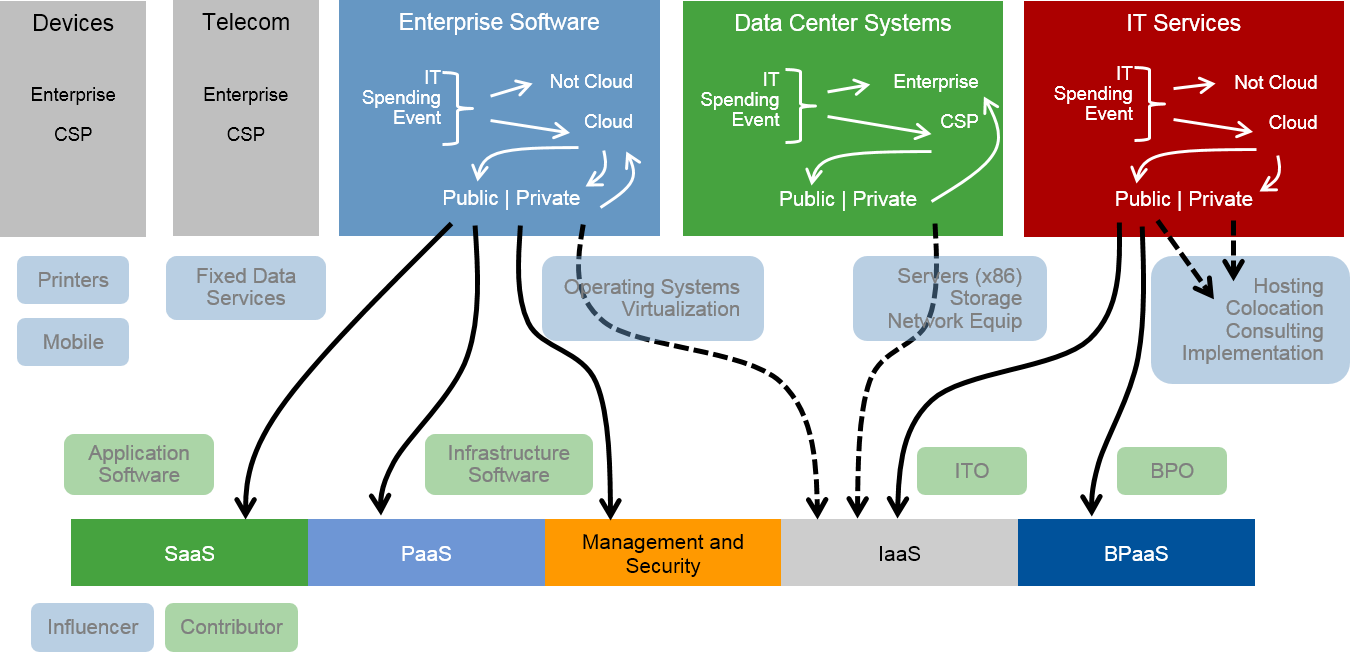The market researchers and consultants at Gartner estimate that over the next five years the shift towards cloud computing will directly or indirectly impact on more than a trillion dollars of IT expenditure. This puts Cloud Computing amongst the most disruptive forces to affect IT budgets since the early days of the digital era, writes Gartner. “Cloud-first strategies are the foundation for staying relevant in a fast-paced world,” explains Research Vice President Ed Anderson. “The market for cloud services has grown to such an extent that it is now a notable percentage of total IT spending, helping to create a new generation of start-ups and ‘born in the cloud’ providers.”
Retarus has the cloud in its DNA
Retarus, “born” in 1992, was of course providing managed and shared services long before the rest of the world started talking about the cloud. Thanks partly to the paradigm shift towards cloud computing, the company has continued to experience strong growth – for the fiscal year ending in May 2016 revenue from services rose by an impressive 13.7 percent, significantly stronger than the overall ITC market. You can find out more about Retarus’ Cloud Services here or directly from your local Retarus contact person.
Back to Gartner: The experts anticipate that the “cloud shift” will grow from 111 billion dollars this year to 216 billion dollars by the year 2020. As a share of the global market, the shift to cloud computing is expected to have the greatest impact on business process outsourcing (43 percent) and application software (37 percent), while system infrastructure (17 percent) and application infrastructure (10 percent) have meanwhile proven to be rather cloud-resistant.IT buyers beware
A shift towards the cloud also has indirect impact on many other areas of a business, Gartner goes on to explain. IT purchasers can attain maximum benefit from new expenditure, minimize risks and exploit completely new opportunities as long as they can keep these effects on their radar. Operating systems for end-users, for instance, will increasingly be provided in the form of OS images (especially due to the use of containers in modern applications), while the up-front investment in enterprise storage solutions can be reduced and scalability increased by using cloud solutions. “Cloud shift is not just about cloud. As organizations pursue a new IT architecture and operating philosophy, they become prepared for new opportunities in digital business, including next-generation IT solutions such as the Internet of Things,” according to Gartner expert Anderson. And what’s more, businesses using dynamic, cloud-based operating models are better positioned to take advantage of cost optimization and benefit from increased competitiveness.





